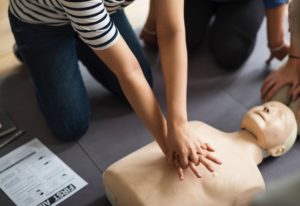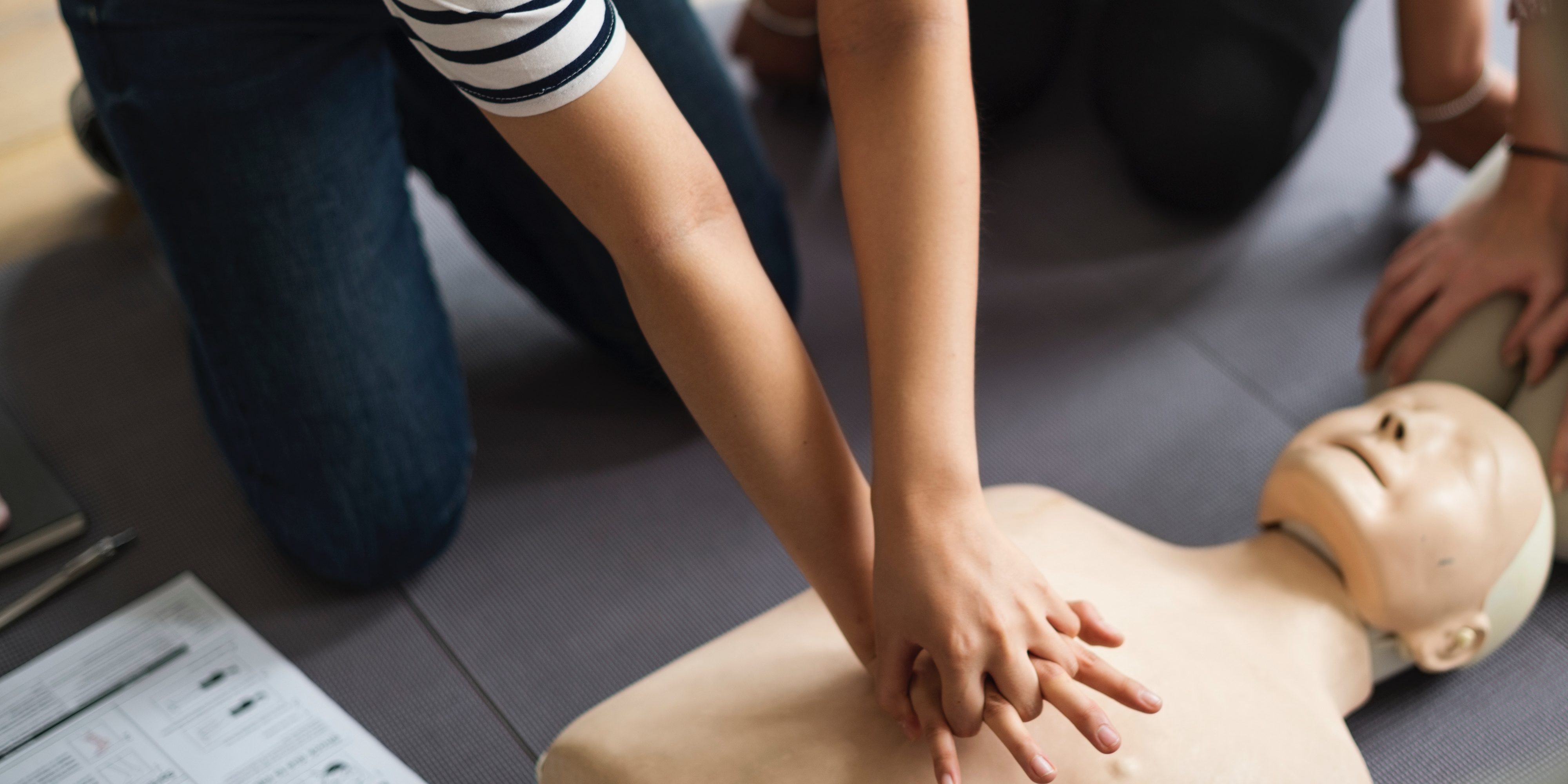 According to the American Heart Association, about 90 percent of people who suffer out-of-hospital cardiac arrests die. If performed immediately, CPR can double or even triple chances of survival for a victim of cardiac arrest.
According to the American Heart Association, about 90 percent of people who suffer out-of-hospital cardiac arrests die. If performed immediately, CPR can double or even triple chances of survival for a victim of cardiac arrest.
One of the major barriers to teaching CPR is getting the correct ratio of rescue breathes to chest compressions. It requires the person performing CPR to remember each step of the process in the correct order in order to achieve best results. This can be difficult in high stress situations, particularly if the individual performing CPR is not a trained healthcare professional or first responder. In an effort to simplify the practice and increase success of safely administering CPR, Hands-Only CPR which is CPR without mouth-to-mouth breaths – focusing on only doing compressions, was introduced.
Hands-Only CPR is recommended for use by Good Samaritan responders who see a teen or adult person suddenly collapse in an out-of-hospital setting, such as at home, work or in a public place like a park or store. Hands-Only CPR is very simple and almost anyone can do it. It consists of two easy steps:
- Call 9-1-1 (or send someone else to call).
- Push hard and fast in the center of the chest to the beat of a familiar song that has 100 to 120 beats per minute until help arrives.
(Song examples include “Staying Alive” by the Bee Gees, “Crazy in Love” by Beyoncé featuring Jay-Z, or “Walk the Line” by Johnny Cash.)
By keeping this practice of Hands-Only CPR so simple, the likelihood of error is decreased without reducing a person’s chance of survival. Chest compressions are good for the first few minutes someone is in cardiac arrest, pushing remaining oxygen through the body to keep vital organs alive. This buys time until someone with more skills can provide help.

